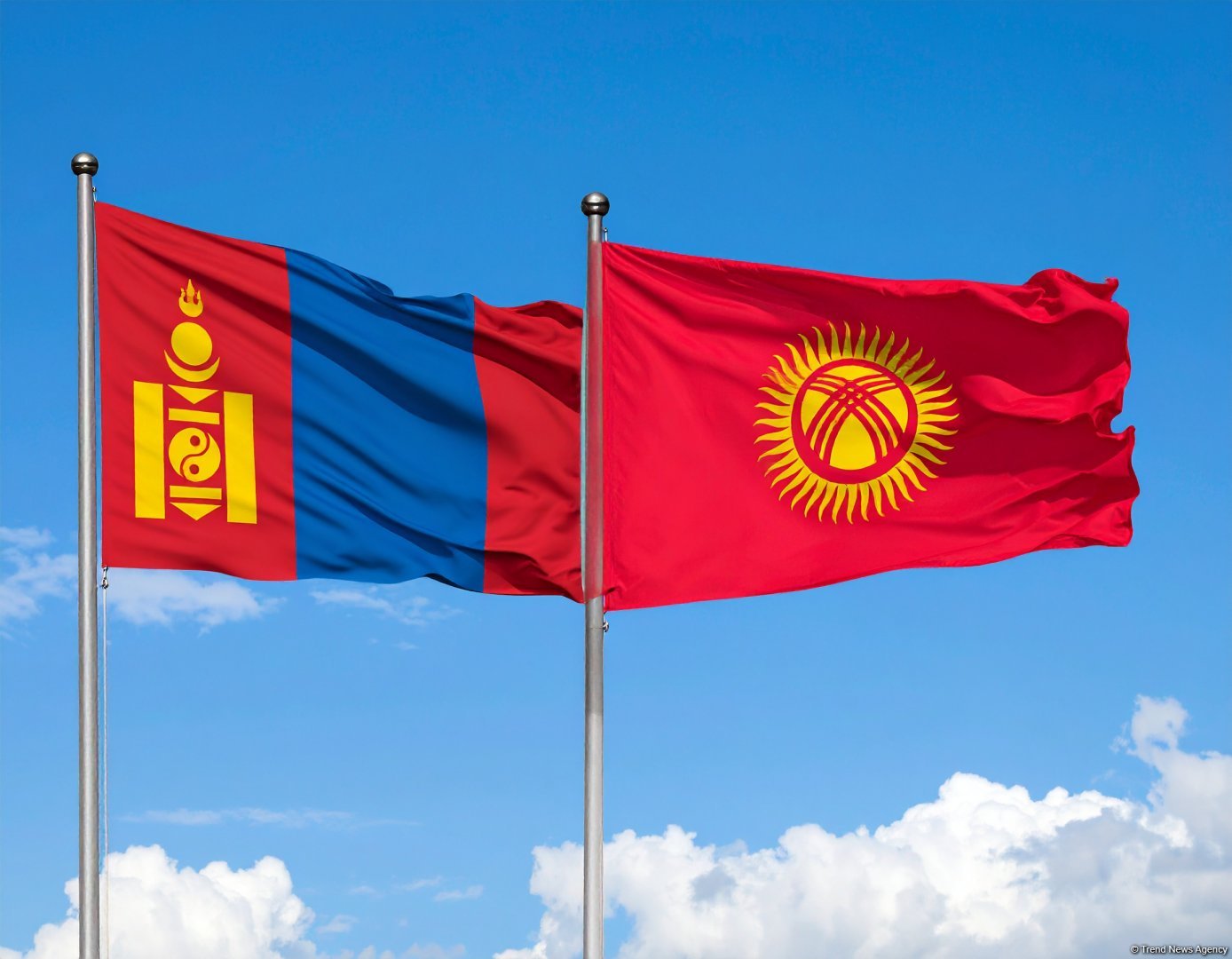BAKU, Azerbaijan, July 19. The upcoming visit of President of Mongolia Ukhnaagiin Khurelsukh to Kyrgyzstan, scheduled for July 20–23, marks a significant milestone in strengthening bilateral dialogue. It reflects not only the growing mutual understanding between the two countries but also the results of proactive diplomacy consistently pursued by President of Kyrgyzstan Sadyr Japarov.
For many years, relations between Bishkek and Ulaanbaatar remained largely declarative rather than practical. Although diplomatic ties were established back in 1992, they rarely extended beyond ceremonial engagements. The tide began to turn in 2023, with Sadyr Zhaparov's official visit to Mongolia. This trip was a turning point that launched a new phase of cooperation - more pragmatic, institutionalized, and action-oriented.
The dialogue between the two countries has since taken a more stable form. Agreements have been signed in education, culture, and tourism, and joint programs and humanitarian initiatives have been launched. Kyrgyzstan increased the number of scholarships for Mongolian students, and Bishkek hosted the first-ever festival of Mongolian culture. For the first time in many years, the parties began discussing real cooperation.
The economic dimension of relations has gained notable momentum. At President Japarov’s initiative, a direct dialogue was established with a focus on agricultural processing, light industry, and logistics. This approach aligns with the interests of both countries, whose economies are similar in size and structure. The emphasis is not merely on trade, but on joint efforts — including barter schemes and industrial cooperation.
Khurelsukh’s visit to Bishkek is expected to consolidate these achievements and take them into a more practical direction, especially in the economic realm. Both countries are landlocked small economies, with GDP levels of $15–18 billion and comparable populations. Their core strengths lie in agro-industrial production, processing, and the search for niche exports.
According to Kyrgyz customs data, trade turnover between Mongolia and Kyrgyzstan reached $2.6 million in 2024 — nearly double the figure from 2023. Kyrgyzstan exports food products and pharmaceuticals to Mongolia and imports meat products, wool, and hides in return. While the absolute numbers remain modest, the positive trend is clear: by the first quarter of 2025, the volume had already reached half the total annual figure of the previous year.
Top of the agenda now is the launch of joint ventures in textiles and leather goods aimed at third-party export markets. However, the advancement of these projects hinges directly on resolving logistical issues. The lack of direct transport routes remains a tangible obstacle. Today, shipping a container from Ulaanbaatar to Bishkek can take up to 25 days and cost $5,000–$7,000 due to transit through China and Kazakhstan. Alternative routes are being explored through Eastern Kazakhstan and Xinjiang, along with the possibility of launching regular flights on the Ulaanbaatar–Bishkek–Almaty route.
The idea of direct air connectivity is not new. It was first raised at a meeting at Manas Airport in February 2022 and was revisited in March 2025 by the Kyrgyz ambassador to Mongolia and Mongolia’s Minister of Transport. These initiatives are part of a broader regional connectivity policy actively promoted by President Japarov. Bishkek also emphasizes Kyrgyzstan’s role as a transit hub for Mongolia to access Central and South Asian markets. Coordination is possible within frameworks such as the SCO, where both countries participate as observers and partners in multimodal integration projects.
Bishkek underscores that it is precisely President Japarov’s strategic course that has elevated Kyrgyz-Mongolian relations to a qualitatively new level. His “open borders” policy and focus on diversifying partnerships are delivering sustained results — both in humanitarian cooperation and the economic sphere. An increasing number of Asian countries now regard Kyrgyzstan as a reliable and independent partner.
Khurelsukh’s visit will solidify the progress already made and open up new opportunities. The agenda includes youth initiatives, infrastructure development, and the expansion of humanitarian exchanges. Most importantly, a long-term partnership model is emerging — one based not on grand declarations, but on concrete initiatives.
Amid global turbulence and instability in international affairs, the example of Kyrgyzstan and Mongolia demonstrates how small and medium-sized nations can build balanced and mutually beneficial foreign policies. Meanwhile, in this process, Bishkek is increasingly taking the lead.







